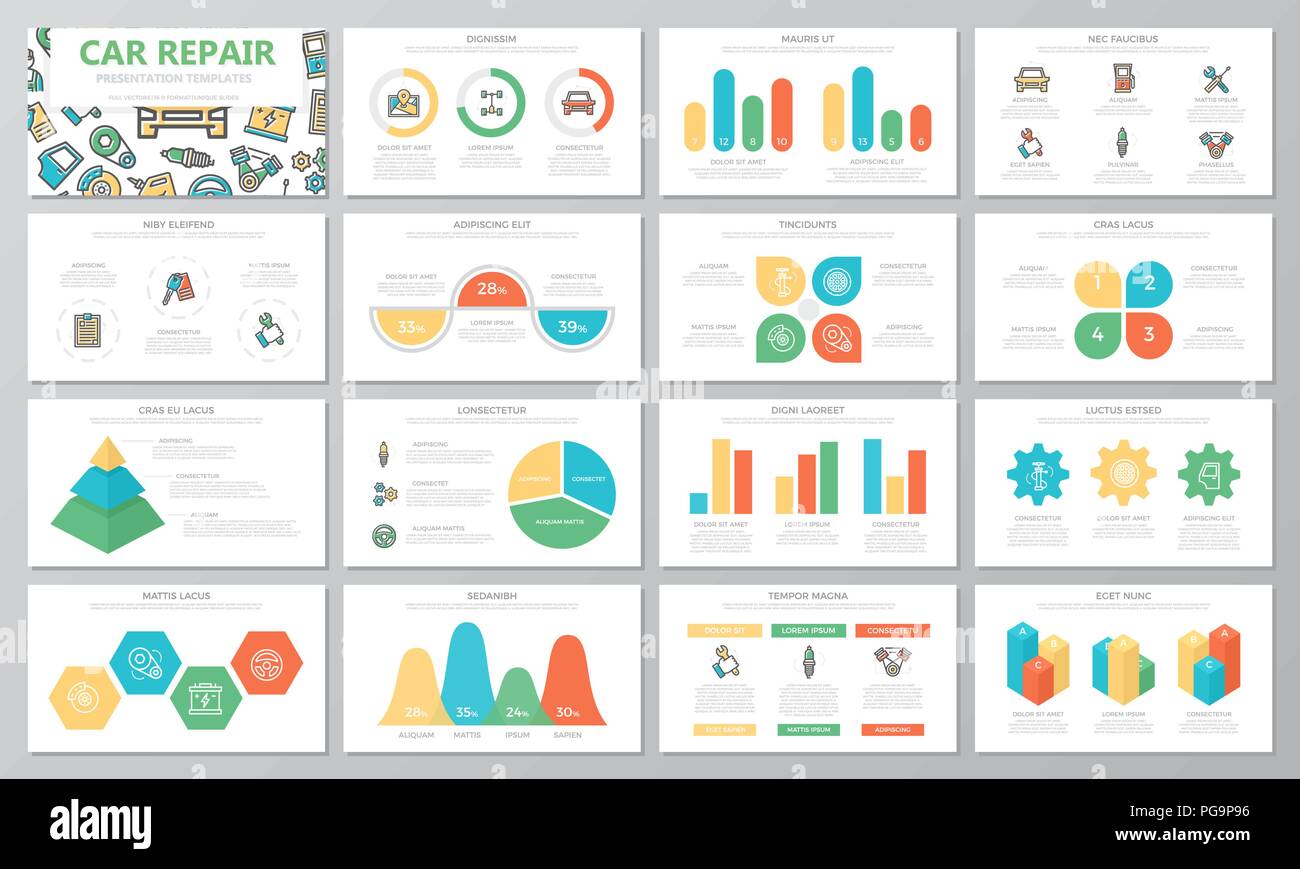Looking For Quality On The Caution Lights Presented On Your Vehicle'S Control Panel? Learn Exactly How They Connect To Your Lorry'S Health And Wellness
Looking For Quality On The Caution Lights Presented On Your Vehicle'S Control Panel? Learn Exactly How They Connect To Your Lorry'S Health And Wellness
Blog Article
Material By-Sykes Gilbert
When you're behind the wheel, those radiant caution lights on your control panel can be a little bit difficult. Do you recognize what they're trying to inform you about your cars and truck's wellness? Recognizing the value of these lights is vital for your safety and security and the long life of your automobile. So, the following time one of those lights pops up, wouldn't you intend to decode its message properly and take the needed steps to resolve it?
Common Warning Lighting and Interpretations
Identify typical caution lights in your auto and comprehend their significances to guarantee secure driving.
One of the most typical warning lights include the check engine light, which signals issues with the engine or exhausts system. If this light begins, it's critical to have your car examined immediately.
The oil pressure warning light indicates reduced oil stress, requiring instant attention to prevent engine damages.
A blinking battery light could recommend a damaged charging system, potentially leaving you stranded if not resolved.
The tire stress tracking system (TPMS) light informs you to reduced tire pressure, influencing car stability and fuel efficiency. Disregarding this can result in unsafe driving conditions.
The ABS light indicates a problem with the anti-lock braking system, compromising your ability to stop rapidly in emergency situations.
Finally, the coolant temperature alerting light warns of engine getting too hot, which can result in extreme damages if not settled swiftly.
Understanding https://brake-check74951.theideasblog.com/32570061/how-mobile-cars-and-truck-describing-services-can-conserve-you-time-and-money will aid you deal with concerns without delay and keep risk-free driving conditions.
Importance of Prompt Interest
Recognizing the common warning lights in your cars and truck is only the initial step; the value of immediately attending to these cautions can not be highlighted sufficient to guarantee your safety on the road.
When visit the next page illuminates on your control panel, it's your car's means of connecting a possible concern that requires focus. Overlooking these warnings can lead to extra serious problems down the road, jeopardizing your safety and security and potentially costing you much more in repairs.
Prompt focus to alerting lights can avoid malfunctions and accidents. For example, a flashing check engine light can suggest a misfire that, if left neglected, could cause damage to the catalytic converter. Resolving this promptly can conserve you from a costly repair service.
Likewise, a brake system cautioning light might signal low brake liquid or used brake pads, essential components for your safety when driving.
DIY Troubleshooting Tips
If you observe a caution light on your dashboard, there are a few DIY repairing ideas you can try prior to looking for professional aid.
The initial step is to consult your vehicle's handbook to understand what the certain warning light suggests. In some cases the concern can be as simple as a loosened gas cap activating the check engine light. Tightening up the gas cap may fix the trouble.
Another typical problem is a reduced battery, which can trigger numerous alerting lights. Examining the battery connections for corrosion and guaranteeing they're safe could fix the problem.
If a caution light continues, you can try resetting it by detaching the automobile's battery for a couple of mins and afterwards reconnecting it. Furthermore, inspecting your car's liquid degrees, such as oil, coolant, and brake liquid, can aid fix cautioning lights associated with these systems.
Conclusion
In conclusion, recognizing your car's warning lights is necessary for keeping your lorry running smoothly and securely. By immediately addressing these notifies and understanding what they suggest, you can avoid pricey repair services and potential break downs.
Remember to consult your automobile's manual for specific details on each alerting light and do something about it accordingly to ensure a hassle-free driving experience.
Keep informed, stay risk-free on the road!
